17 Dangerous European Cities To Avoid
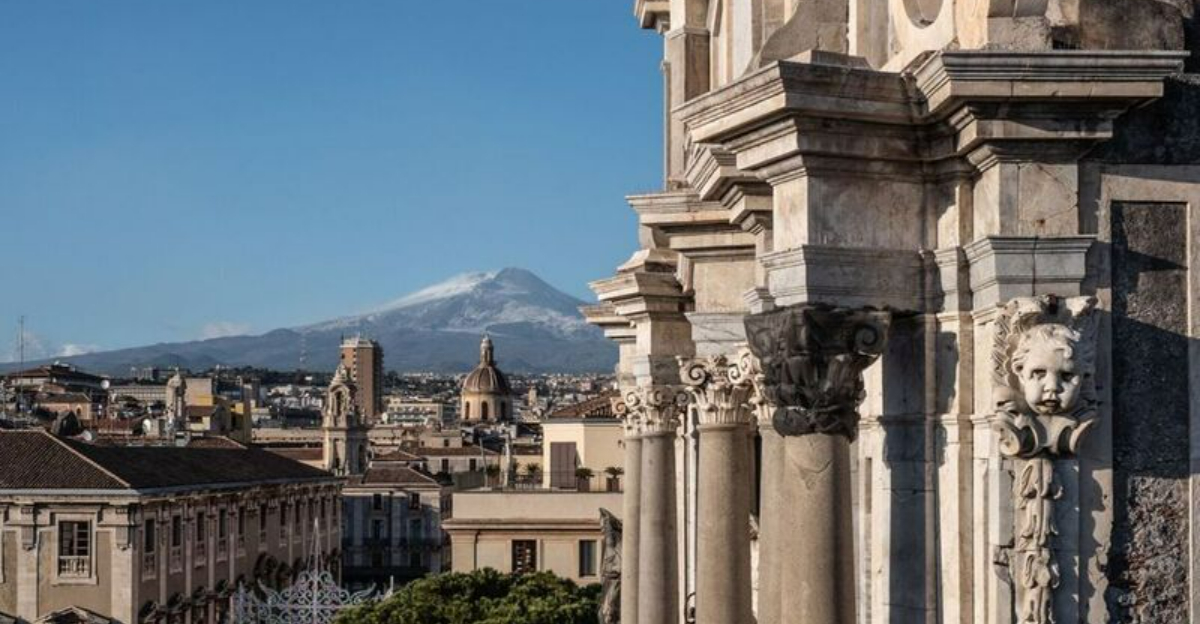
Travel safety should be a top priority when exploring Europe. While most European destinations offer wonderful experiences, some cities have earned reputations for higher crime rates, scams targeting tourists, and occasional violent incidents.
I’ve put together this guide to help you make informed decisions about which European cities might deserve extra caution or consideration when planning your next adventure.
1. Naples, Italy
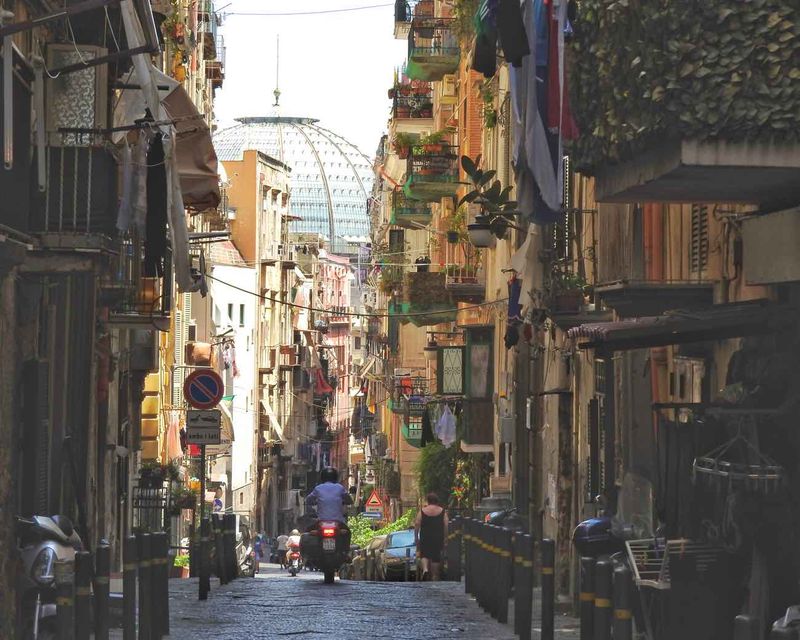
Walking through Naples feels like navigating a beautiful maze with hidden dangers. Pickpocketing happens regularly in crowded areas, especially around the main train station and tourist spots. The city struggles with organized crime influence despite its stunning coastal views and incredible pizza.
Many travelers report being followed or hassled, particularly after dark. Keep valuables hidden and avoid isolated streets at night. Consider staying in well-reviewed neighborhoods like Chiaia rather than areas near the central station.
2. Marseille, France
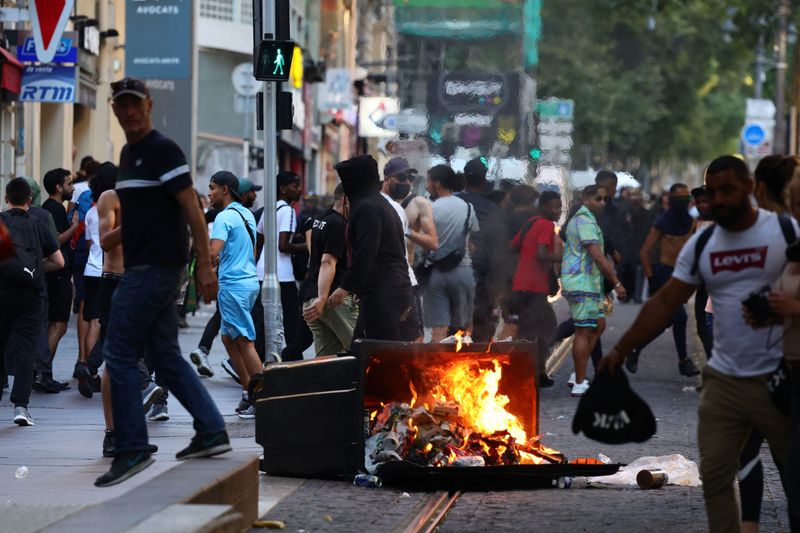
Behind the beautiful Mediterranean facade of Marseille lies France’s crime capital. The northern districts (especially the 13th-16th arrondissements) have become notorious for drug trafficking and violent confrontations.
Tourists often become targets near the Old Port and La Canebière, where snatch-and-grab robberies occur even in daylight.
The city’s poverty rate exceeds the national average, contributing to its safety issues. If you visit, stick to the renovated Vieux Port area and avoid displaying expensive items. Never wander alone after sunset in unfamiliar neighborhoods.
3. Bradford, England
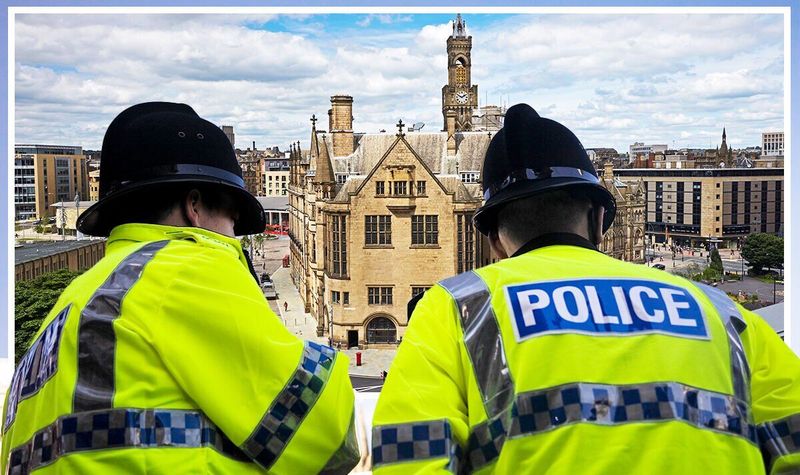
Many locals will tell you Bradford’s reputation has been unfairly tarnished, yet statistics reveal concerning patterns. The city consistently ranks among England’s highest for violent crime and property theft. Areas like Manningham and Holme Wood experience particular problems with gang activity.
Visitors report feeling unsafe walking alone, especially women after dark. If your travels take you here, arrange transportation in advance rather than walking between attractions. The industrial heritage sites are worth seeing, but maintaining awareness of your surroundings remains essential.
4. Catania, Sicily

At the foot of Mount Etna sits Catania, a city of stunning baroque architecture and troubling crime rates. The areas around the central train station become particularly hazardous after dark, with muggings and vehicle break-ins occurring frequently. Mafia influence still affects daily life here despite authorities’ efforts.
Scams targeting tourists have become increasingly sophisticated, including fake police officers demanding to check your wallet. Should you visit this otherwise fascinating city, never leave belongings visible in rental cars and stay in accommodations with secure parking.
The historic center offers safer lodging options than peripheral neighborhoods.
5. Kaunas, Lithuania
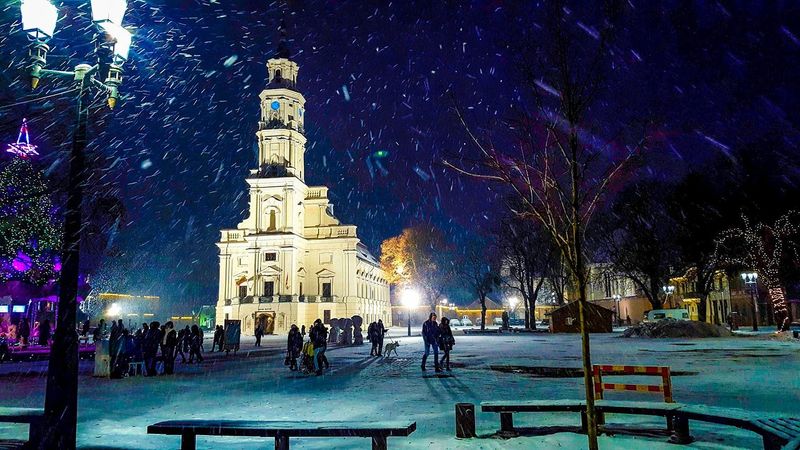
Lithuanian cities have generally become safer in recent years, yet Kaunas maintains concerning crime statistics. The industrial districts and areas near nightclubs experience higher rates of assault, particularly on weekends. Foreign visitors sometimes face hostility from intoxicated locals in the bar districts.
The city’s unemployment issues contribute to property crime targeting obvious tourists. If exploring this historic Baltic city, avoid displaying wealth or walking alone at night. The Old Town area offers relative safety during daylight hours, but exercise caution after dark and use official taxis rather than walking.
6. Athens, Greece
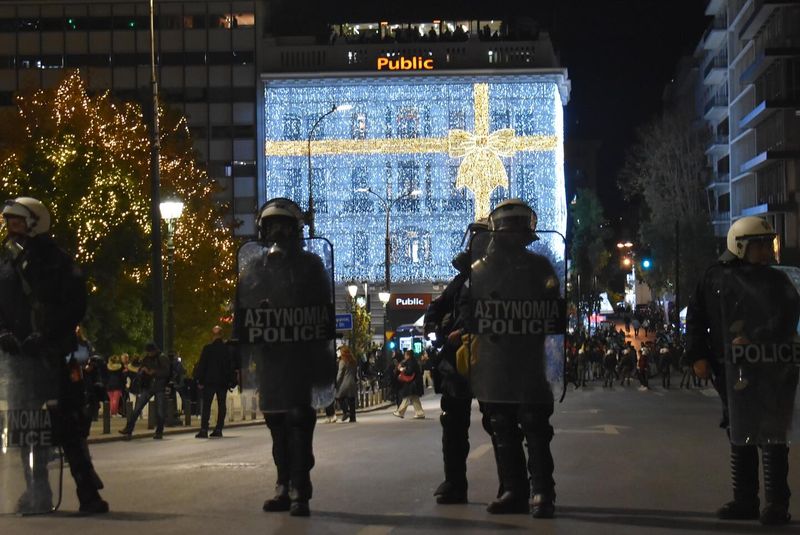
Beyond the Acropolis and ancient wonders, parts of Athens have deteriorated into dangerous zones. Neighborhoods like Omonia and Exarchia have become hotspots for drug dealing and violent demonstrations. Tourists frequently report aggressive pickpocketing on the Metro and around major attractions.
Economic hardship has intensified property crime throughout the city. During your visit, avoid carrying backpacks when possible and be extremely cautious using ATMs. Stay in neighborhoods like Plaka or Kolonaki instead of budget accommodations in problem areas. The archaeological sites remain worth visiting with proper precautions.
7. Tallinn, Estonia
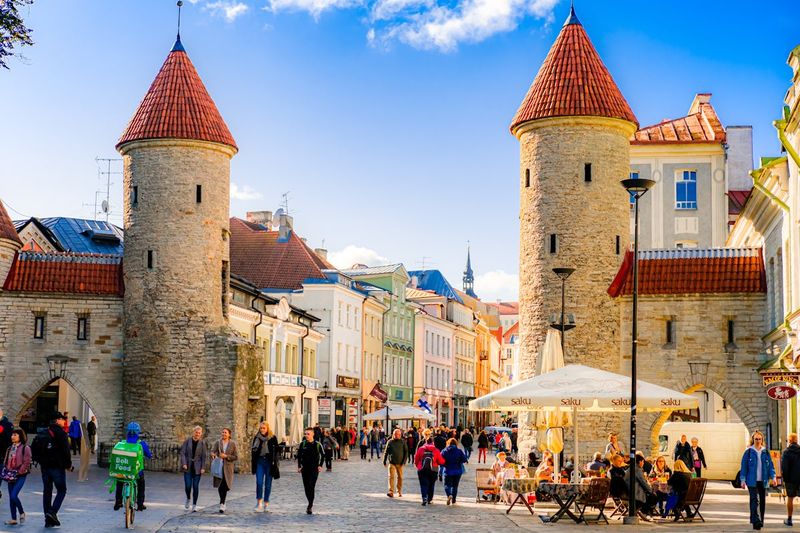
While Estonia’s picturesque capital draws countless visitors to its medieval Old Town, danger lurks just beyond the tourist bubble. The Kopli and Lasnamäe districts experience significantly higher crime rates, with alcohol-fueled violence being particularly common.
Scammers specifically target foreign visitors at nightclubs and bars with drink spiking reported regularly. The stark contrast between wealthy tourists and struggling locals creates tension in certain areas. During your visit, avoid walking alone at night outside the Old Town walls.
Never accept drinks from strangers, and be wary of exceptionally friendly locals offering to show you “authentic” parts of the city.
8. Brussels, Belgium
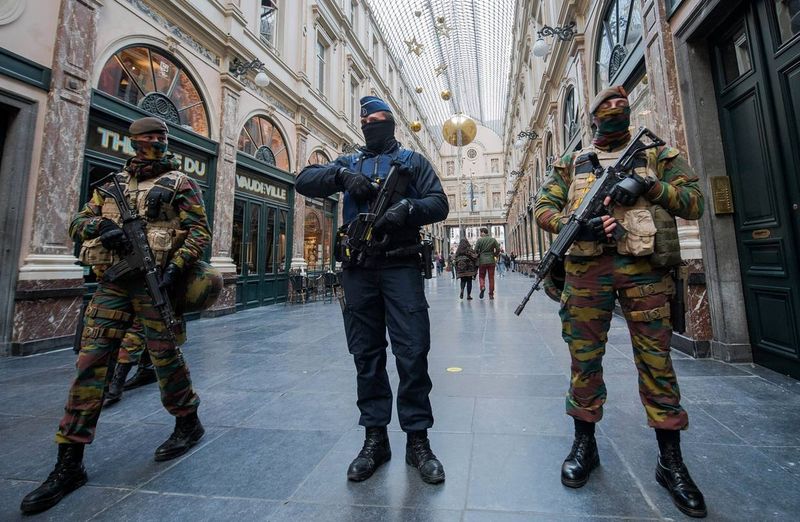
You might be surprised to find the EU’s capital on this list, but certain Brussels neighborhoods have become notoriously unsafe. Molenbeek, Anderlecht, and areas around Brussels-North station experience elevated levels of theft, drug dealing, and occasional violent crime.
Terrorists have previously targeted the city, leading to heightened security but lingering concerns. Pickpocketing reaches epidemic levels around major tourist attractions and on public transportation. If business takes you here, avoid displaying expensive electronics and maintain vigilance at train stations.
The Grand Place area remains relatively secure but still requires caution, especially after dark when pickpocket teams become more active.
9. Glasgow, Scotland

Despite ongoing regeneration efforts, Glasgow still struggles with violent crime in several neighborhoods. Areas like Calton and parts of the East End report assault rates significantly above the Scottish average. Sectarian tensions occasionally flare, particularly around football matches.
Alcohol-fueled aggression becomes common in nightlife districts after pubs close. When visiting Scotland’s largest city, avoid wearing football colors of either Celtic or Rangers.
The city center and West End offer wonderful cultural experiences during daylight hours, but arrange transportation rather than walking after dark, especially if you’re unfamiliar with the area.
10. Charleroi, Belgium
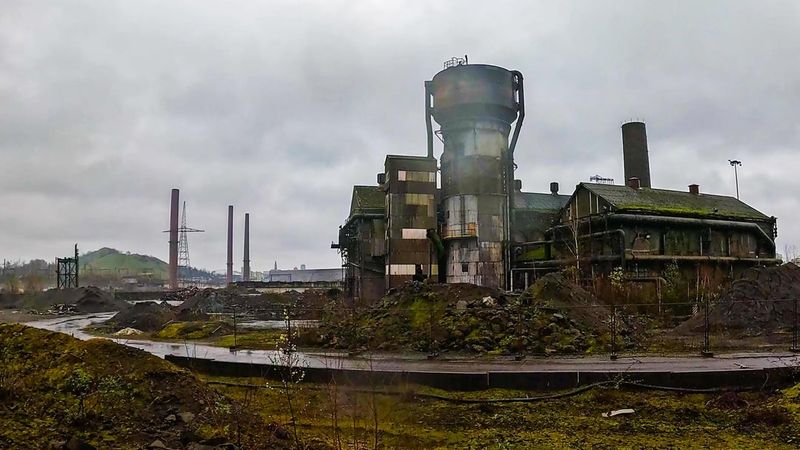
Once called “the ugliest city in Europe” by Dutch newspaper Volkskrant, Charleroi’s problems extend beyond aesthetics. This former industrial powerhouse now suffers from high unemployment, widespread drug use, and property crime rates among Belgium’s highest. Areas near the train station become particularly problematic after dark.
Many buildings stand abandoned, creating spaces for criminal activity. If your travel plans somehow include this city, consider it a daytime transit point only. Don’t wander from main streets, and avoid carrying valuables.
Most tourists would be better served visiting nearby cities with similar industrial heritage but better safety records.
11. Kosice, Slovakia
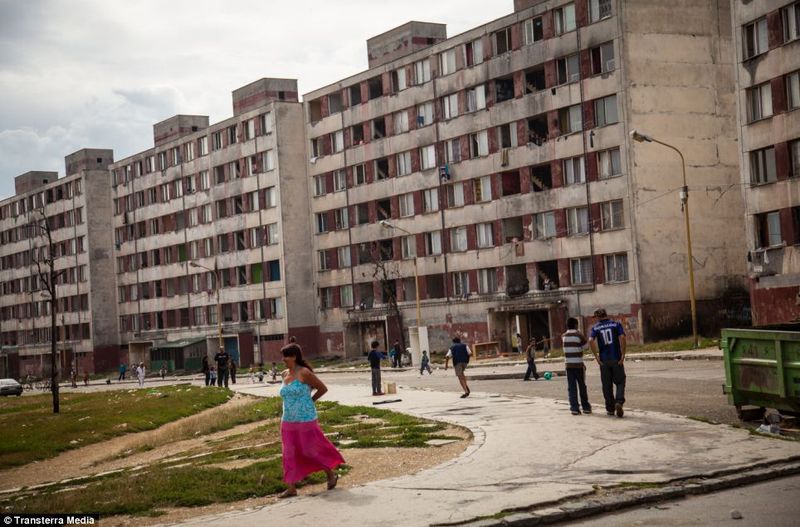
Beneath Kosice’s charming historic center lies a troubling reality in its outlying districts. The Lunik IX neighborhood has become particularly notorious for extreme poverty and crime issues that occasionally spill into tourist areas.
Visitors report aggressive begging and intimidation tactics, especially around transportation hubs. Racial tensions create additional safety concerns in certain areas. Should your Eastern European adventures bring you here, stick strictly to the renovated Old Town area.
Avoid displaying expensive cameras or phones, and use official transportation services rather than walking to outlying attractions or your accommodation if it’s outside the center.
12. Liège, Belgium
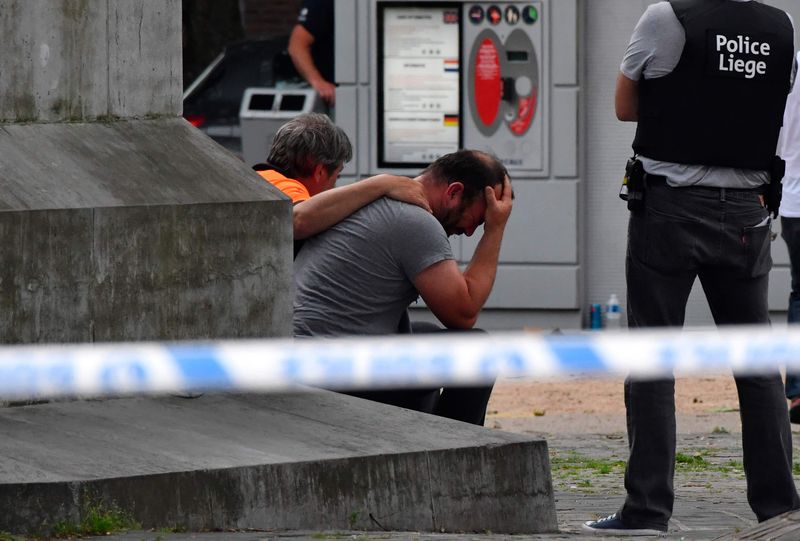
Belgium appears again with Liège, a city where industrial decline has fueled social problems. Areas around Rue Cathédrale and Saint-Leonard neighborhood experience high rates of drug dealing and associated crimes. Tourists frequently report harassment and intimidation when passing through certain districts.
The city’s position as a transportation hub makes it a convergence point for various criminal elements. If passing through, keep your visit to daylight hours and main commercial streets. The historic center offers some worthwhile architecture, but remain vigilant even in these better areas.
Belgium offers many safer cities with similar cultural attractions.
13. Frankfurt, Germany
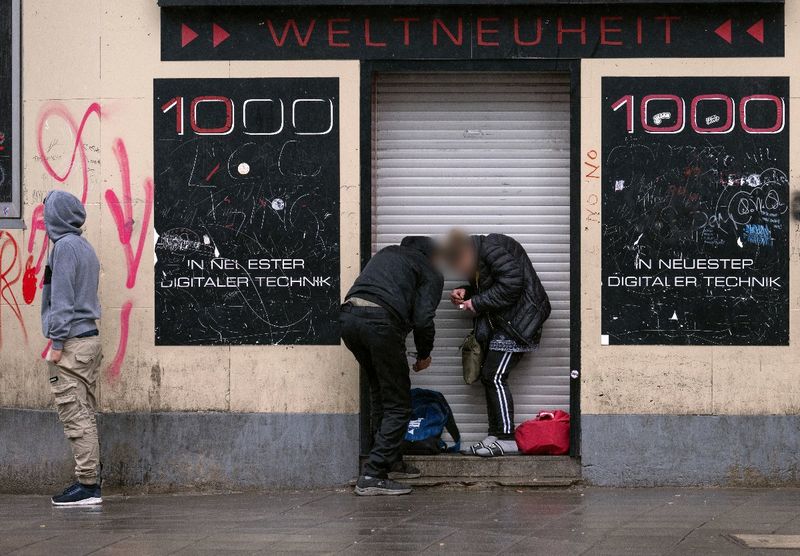
Germany’s financial capital harbors a darker side around its central train station. The area known as Bahnhofsviertel has become notorious for open drug use, prostitution, and crimes targeting visitors unfamiliar with the area.
Pickpocketing occurs frequently on public transportation and in crowded shopping districts. The stark contrast between banking wealth and poverty creates tension in certain neighborhoods. When visiting, avoid the streets immediately surrounding the Hauptbahnhof after dark.
The Römerberg and museum district remain relatively safe, but maintain awareness even in these tourist-friendly areas. Consider accommodation away from the station area despite the convenience.
14. Malmö, Sweden
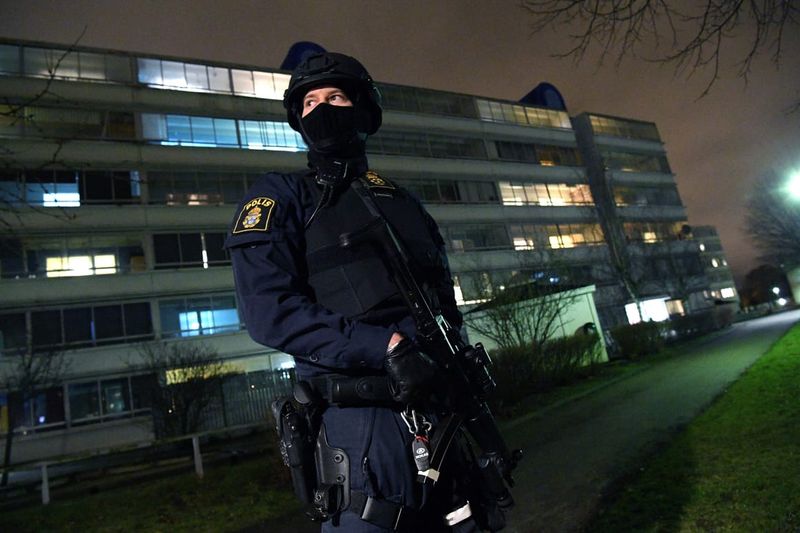
Sweden’s third-largest city has developed a reputation for gang-related violence concentrated in certain districts. Areas like Rosengård experience significantly higher crime rates than the national average. Recent years have seen concerning increases in shootings and explosive devices related to criminal disputes.
While tourists rarely become targets of violent crime, property theft and scams remain common. During your visit, exercise particular caution around the central station after dark. The historic center and Western Harbor development offer attractive, safer alternatives for evening activities.
Despite media exaggeration, much of Malmö remains perfectly safe with proper precautions.
15. Manchester, England
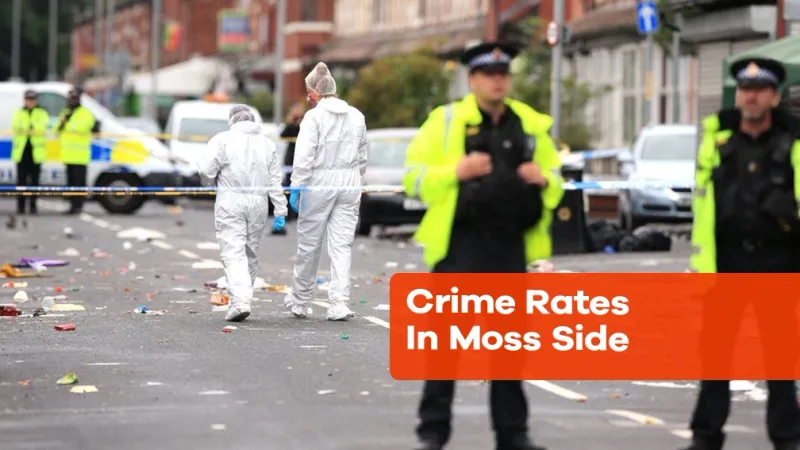
Beyond Manchester’s vibrant culture and musical heritage lurks a significant crime problem in specific neighborhoods. Areas like Moss Side and parts of North Manchester consistently report high rates of violent crime and robberies.
The city center experiences frequent alcohol-related incidents, particularly on weekend nights. Student areas have become targets for burglaries and muggings. When enjoying Manchester’s excellent cultural offerings, remain particularly vigilant around Piccadilly Gardens after dark.
The Northern Quarter and Spinningfields offer safer nightlife options than areas around Deansgate Locks. The city has much to offer visitors who exercise appropriate caution.
16. Palermo, Sicily
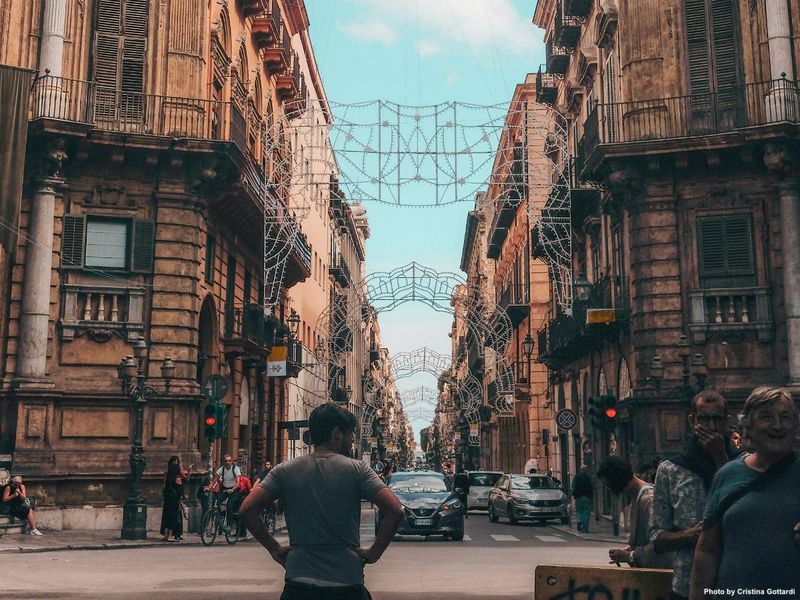
Sicily’s capital retains troubling connections to organized crime despite significant progress in recent decades. Neighborhoods like Brancaccio and Zen remain particularly problematic, with high rates of robbery and vehicle theft. Scams targeting tourists have become increasingly sophisticated throughout the city.
Motorcycle snatch-thefts occur regularly in the historic center. If exploring this historically fascinating city, avoid wearing expensive jewelry or watches. Stay in accommodations within the renovated historic center rather than peripheral neighborhoods.
Despite these concerns, most visitors experience only Palermo’s incredible food and architecture without incident.
17. Odessa, Ukraine
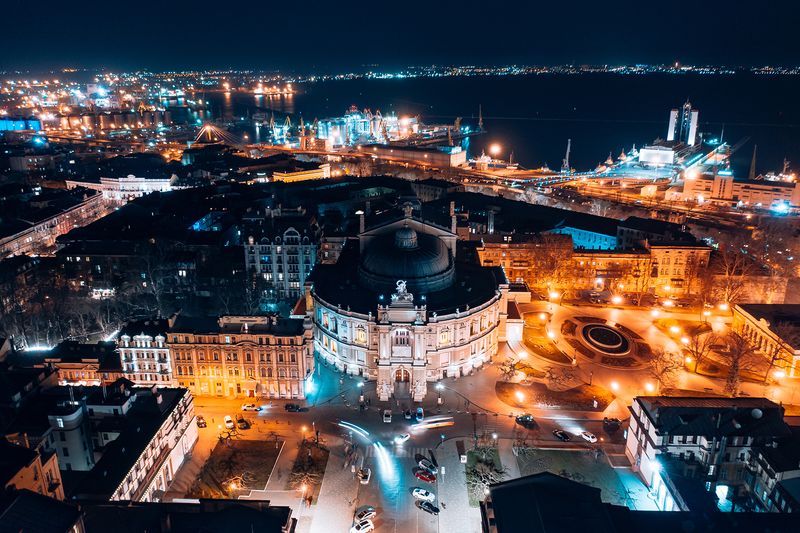
While technically not EU territory, this Black Sea port deserves mention for travelers considering Eastern Europe. Odessa’s criminal elements target foreign visitors through elaborate scams, particularly in nightlife districts. Drink spiking occurs with alarming frequency in clubs catering to tourists.
The current regional instability has exacerbated security concerns throughout the city. Should your travels take you here despite current advisories, never leave drinks unattended and avoid sharing taxis with strangers.
The historic center offers relative safety during daylight hours, but exercise extreme caution after dark, particularly around Deribasovskaya Street’s nightlife area.
